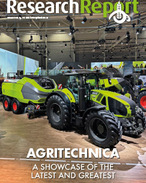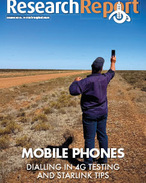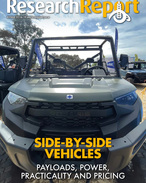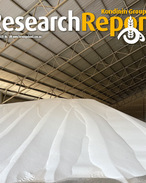This article is 8 years old. Images might not display.
The TraNSIT tool, developed in 2013, identifies ways to reduce travel distance, save fuel costs, cut down on wear and tear to vehicles and minimise stress for both truck drivers and livestock.
TraNSIT was applied to 98 per cent of agriculture transport across Australia including commodities such as beef, sheep, goats, dairy, pigs, poultry, grains, cotton, rice, sugar, stockfeed, horticultural and even buffalo.
CSIRO’s TraNSIT project leader Dr Andrew Higgins said transport infrastructure is essential to moving over 80 million tonnes of Australian agricultural produce between farms, storage, processors and to markets each year and costs close to $6 billion annually.
“Farmers will be saving money on transport as well as being able to deliver food to the market faster and with less damage and disruption,” Dr Higgins said.
"We expect these savings will eventually be passed onto consumers,” he said.
The first project under a $100 million Beef Roads program will be the sealing of 17km of the Clermont to Alpha Road in Central Queensland, which is due to start early next year.
The $8m works will improve road safety and access for oversize vehicles while reducing freight and maintenance costs.
Besides the latest TraNSIT agricultural report focusing on each agricultural commodity, the logistics tool also features a flood case study and rail to road scenarios.
TraNSIT project leader Dr Higgins said several case studies were identified by industry and government for this final report, representing TraNSIT’s diversity of applications across Australia.
“We applied the TraNSIT modelling to evaluate the impact of road closures and detours on the transport of valuable crops and livestock during flood events by using the 2016 Forbes flooding event in Central West NSW as an important case study,” Higgins said.
“There was about a $2 million increase in transport costs created by the short term and long term road closures from this flooding event, and about another 500 vehicle trips that could not occur as there were no alternative routes,” he said.
"The cost would have been even greater if the floods had occurred during harvest season where more cotton and grain are being transported in large volumes on the roads.”
Using TraNSIT, researchers can analyse several ways to reduce the economic impact of floods in country regions and throughout Australia, including upgrading or raising particular bridges to reduce the frequency of closures from flooding.
TraNSIT also looks at a rail to road hypothetical scenario detailing the impact of shifting all agriculture (grains, beef, sugar, cotton) that currently use rail to road only.
The research found grains were more expensive ($208 million) to transport by road, while cattle (or beef) was about 70% less expensive, with these differences mostly due to rail wagon capacity versus semi-trailer capacity.
The TraNSIT tool is now being applied overseas, particularly in Indonesia, Laos and Vietnam to address supply chain inefficiencies and cross-border bottlenecks.
Read more about the TraNSIT logistics tool by clicking HERE.























